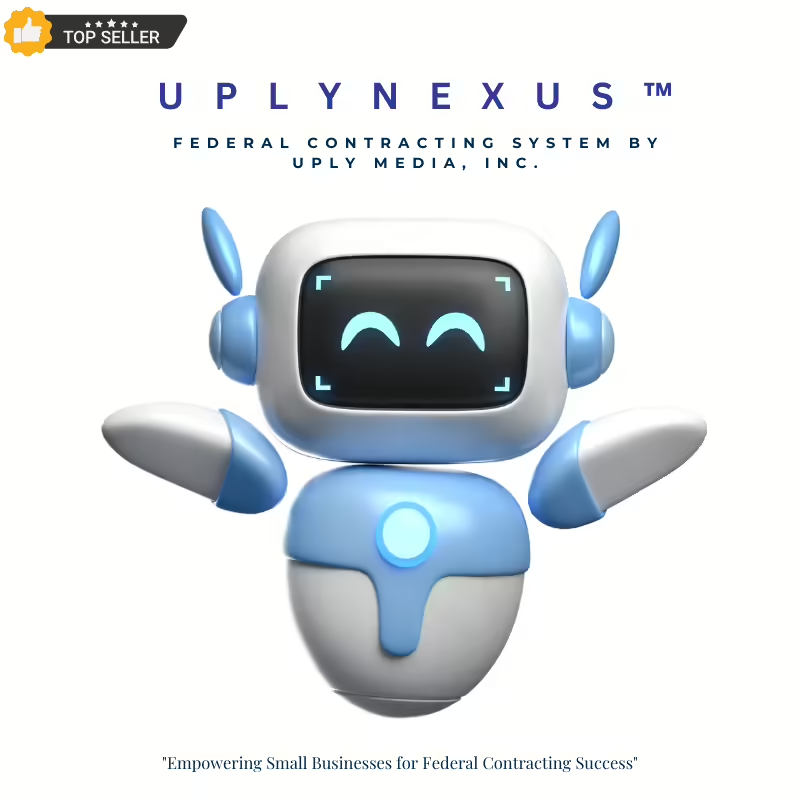Exploring SBIR and STTR: Key Insights for Small Businesses
Navigating the landscape of research funding can be a complex endeavor, especially for tech startups and small businesses. Among the myriad funding opportunities available, the SBIR and STTR programs stand out as pivotal resources. These programs are designed to foster innovation and support small businesses in their quest to bring groundbreaking technologies to market. Understanding the nuances of SBIR and STTR can unlock doors to significant financial support, enabling businesses to thrive in a competitive marketplace.
The Small Business Innovation Research (SBIR) program and the Small Business Technology Transfer (STTR) program are both federal initiatives aimed at stimulating technological innovation. They provide essential funding to small businesses, allowing them to engage in federal research and development with the potential for commercialization. However, while they share similarities, SBIR and STTR have distinct differences that cater to different business needs.
For entrepreneurs and business leaders, comprehending the differences between SBIR and STTR is crucial. This knowledge not only helps in selecting the right program but also in maximizing the benefits each has to offer. The SBIR program, with its emphasis on small business-led research, and the STTR program, which fosters collaboration between small businesses and research institutions, offer unique advantages to participants.
By delving into the specifics of SBIR and STTR, small businesses can strategically align their innovation goals with the right funding opportunities. This alignment is key to not only securing funding but also ensuring the successful development and commercialization of new technologies. As we explore the key differences and benefits of SBIR and STTR, you’ll gain insights that could be pivotal in your business’s growth journey.
In the following sections, we’ll break down the intricacies of each program, highlight their unique benefits, and guide you on how to leverage them effectively. Whether you’re a seasoned entrepreneur or a startup navigating the initial stages of growth, understanding SBIR and STTR can be a game-changer for your business.

Understanding the SBIR Program
The SBIR program is a highly competitive, three-phase program that provides funding to small businesses for research and development. The primary aim of SBIR is to stimulate technological innovation and provide opportunities for small businesses to participate in federal R&D. Phase I of the program focuses on establishing the technical merit and feasibility of the proposed innovation. During this phase, small businesses receive funding to conduct a feasibility study and develop a prototype.
Phase II of the SBIR program is dedicated to further research and development, based on the results of Phase I. This phase provides more substantial funding and a more extended period for development. It is designed to further refine and extend the research goals established in Phase I, moving the technology closer to commercialization. The final phase, Phase III, is not funded by SBIR but focuses on the commercialization of the developed technology, where businesses seek external funding or market entry.
SBIR’s emphasis on small business-led innovation makes it an attractive option for tech startups looking to establish themselves. By providing non-dilutive funding, SBIR supports the growth and development of new technologies without requiring equity or ownership stakes, making it a valuable resource for entrepreneurs seeking to maintain control over their businesses.
Exploring the STTR Program
The STTR program, while similar to SBIR, is distinct in its emphasis on collaboration between small businesses and research institutions. This program is designed to bridge the gap between basic scientific research and commercialization through partnerships. STTR requires the small business to formally collaborate with a research institution, which can provide invaluable access to expertise and facilities that might otherwise be unavailable.
Like SBIR, the STTR program is divided into phases. Phase I focuses on feasibility studies, where the small business and research institution collaboratively conduct preliminary research. In Phase II, the partnership is further developed, with additional funding provided to advance the research towards commercialization. The unique collaborative nature of STTR can bring about innovations that might not be possible through the efforts of a single entity.
STTR offers small businesses the opportunity to leverage the research capabilities of universities and other institutions, enhancing the potential for technological breakthroughs. This collaborative approach not only aids in the development of new technologies but also fosters a knowledge exchange between the academic and business worlds, enriching both sectors.
Key Differences Between SBIR and STTR

While both SBIR and STTR aim to promote innovation and commercialization of research, there are key differences that set them apart. One of the most significant differences is the requirement for collaboration in STTR. Unlike SBIR, which allows businesses to work independently, STTR mandates a partnership with a research institution, necessitating a formal agreement between the parties involved.
Another difference lies in the allocation of funds. In STTR, a portion of the budget must be allocated to the research institution, whereas SBIR does not have such a requirement. This allocation can influence how businesses plan their projects and manage their budgets. Furthermore, the eligibility criteria differ slightly, with STTR allowing a greater range of institutions to participate compared to SBIR’s more business-focused approach.
Understanding these differences is crucial for businesses when deciding which program to pursue. By aligning their research goals and collaboration capabilities with the appropriate program, small businesses can optimize their potential for success and innovation.
Concluding Thoughts on SBIR and STTR
In conclusion, both the SBIR and STTR programs offer invaluable opportunities for small businesses seeking to innovate and grow. By understanding the nuances and differences between these programs, businesses can better align their research goals and strategic objectives with the available funding opportunities. Whether through independent innovation with SBIR or collaborative research with STTR, these programs provide the necessary support to bring groundbreaking technologies to market.
The key to success lies in strategic planning and execution. By carefully selecting the appropriate program and crafting well-defined research proposals, small businesses can maximize the benefits of SBIR and STTR. These programs not only provide financial support but also open doors to new partnerships and market opportunities, driving innovation and competitiveness.
For entrepreneurs and tech startups, leveraging SBIR and STTR can be a transformative step towards achieving long-term success. By embracing the potential of these programs, businesses can navigate the challenges of research funding and make significant strides in the world of innovation.


Leave a Reply